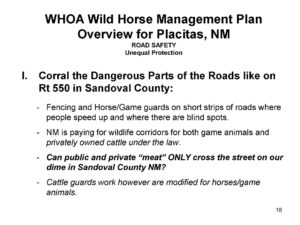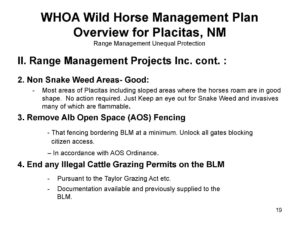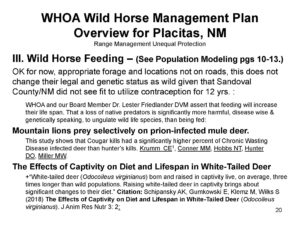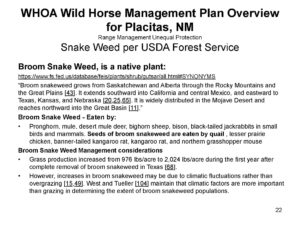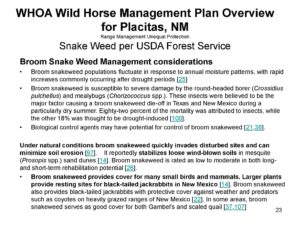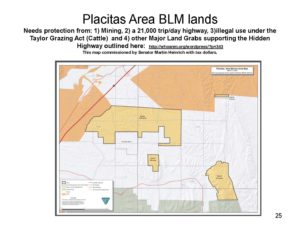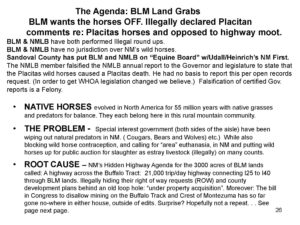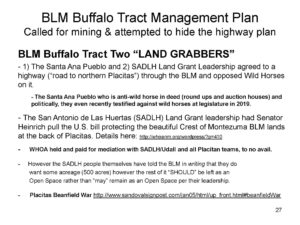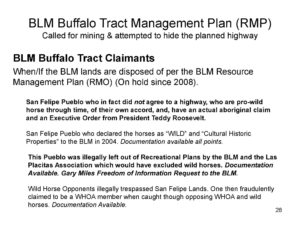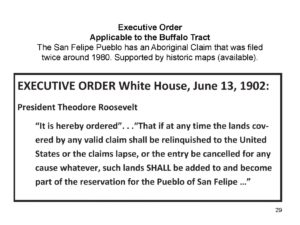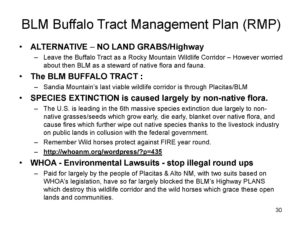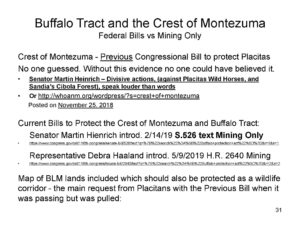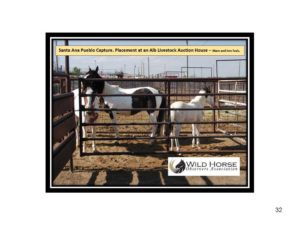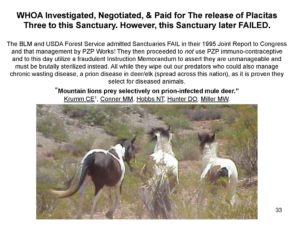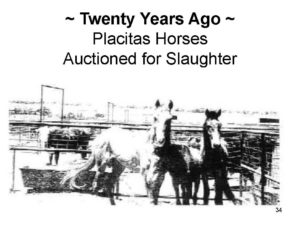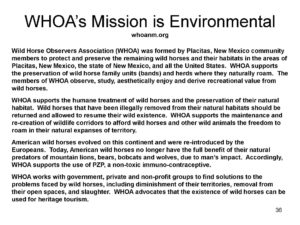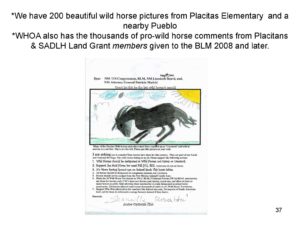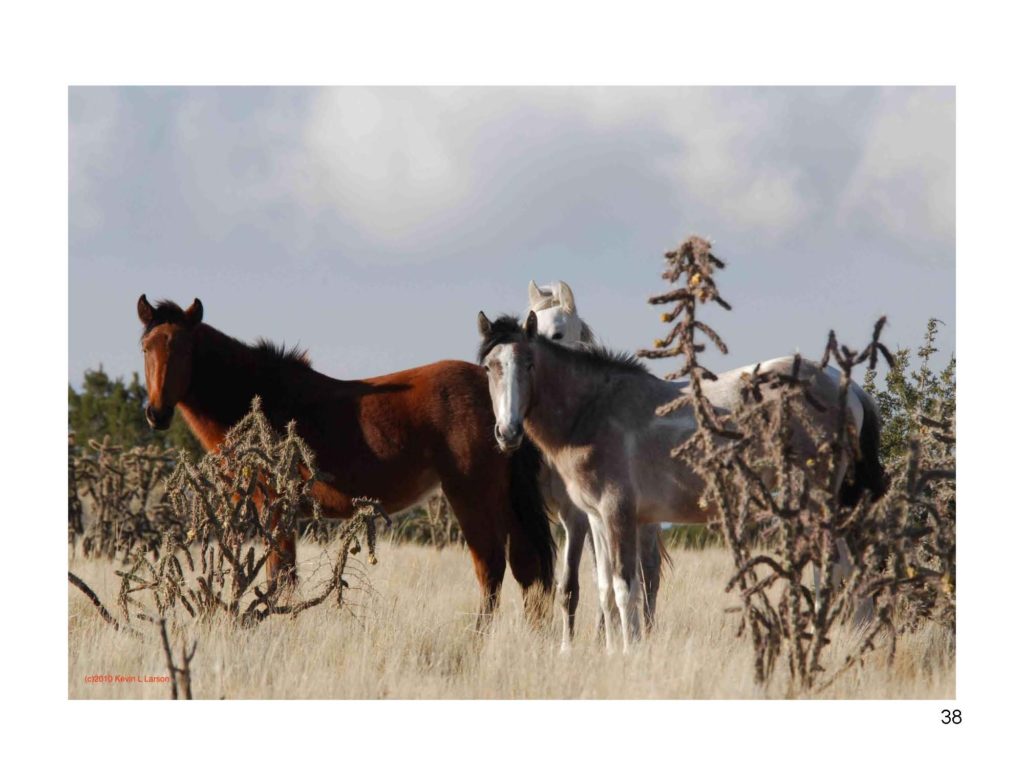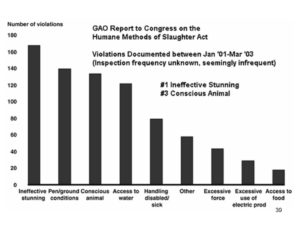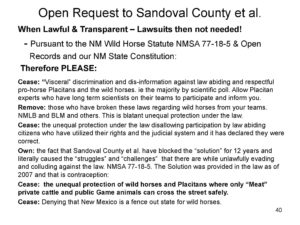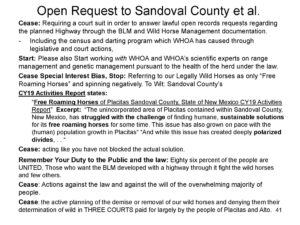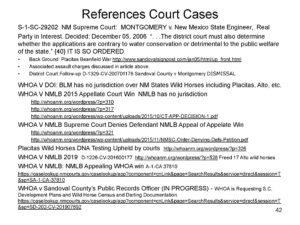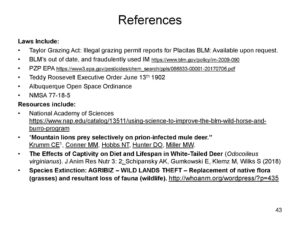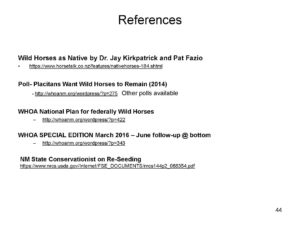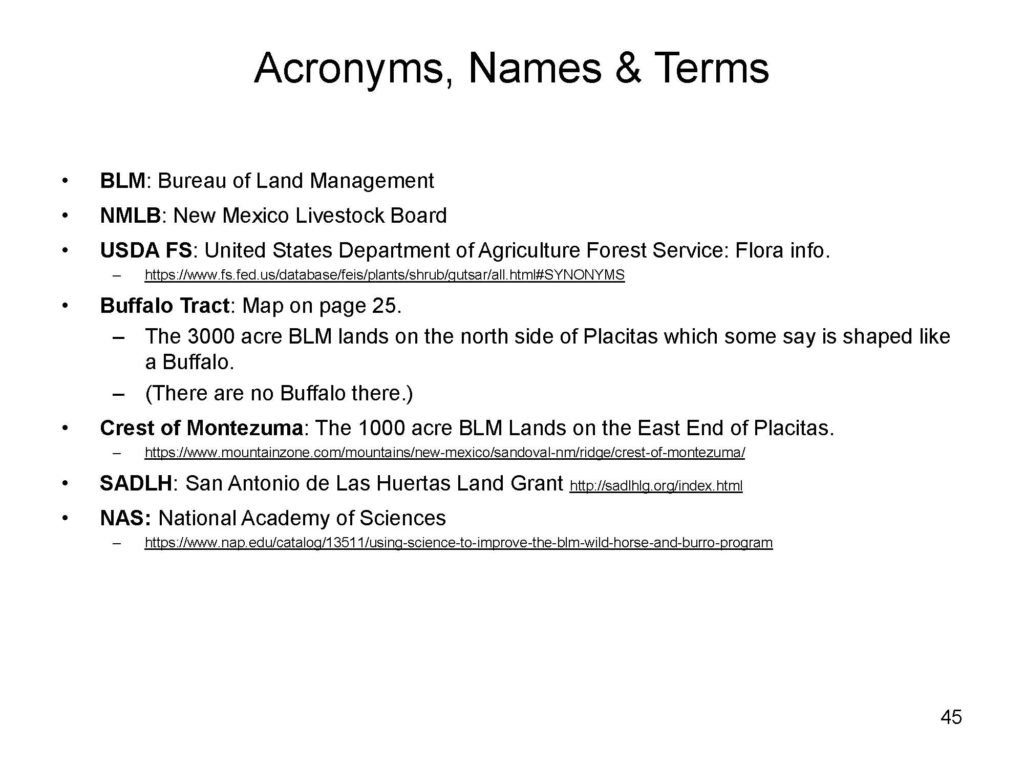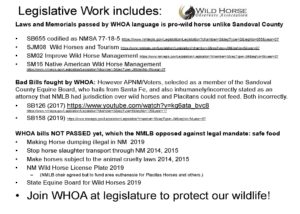
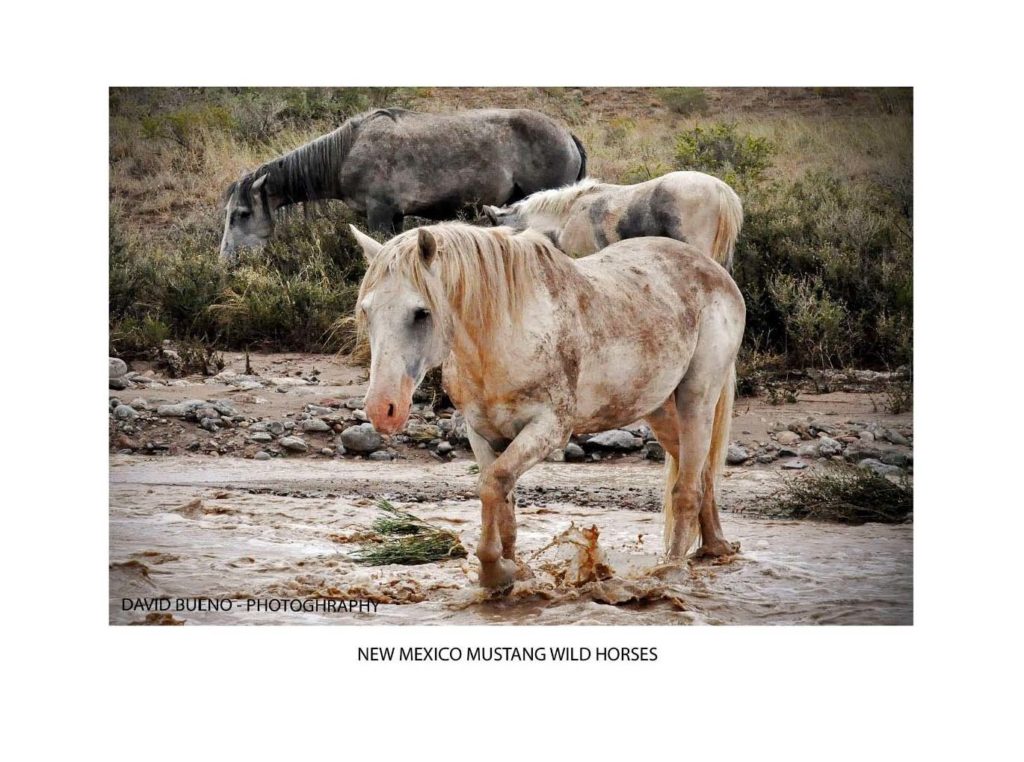
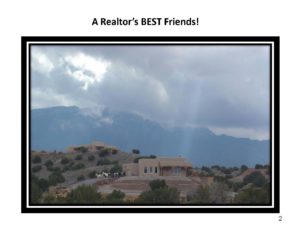
INDEX BEING UPDATED ………………………………………………………………………………………………3
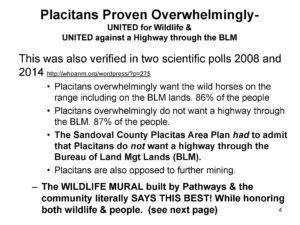
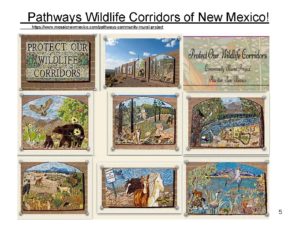
WILD HORSES NATIVE TO NORTH AMERICA
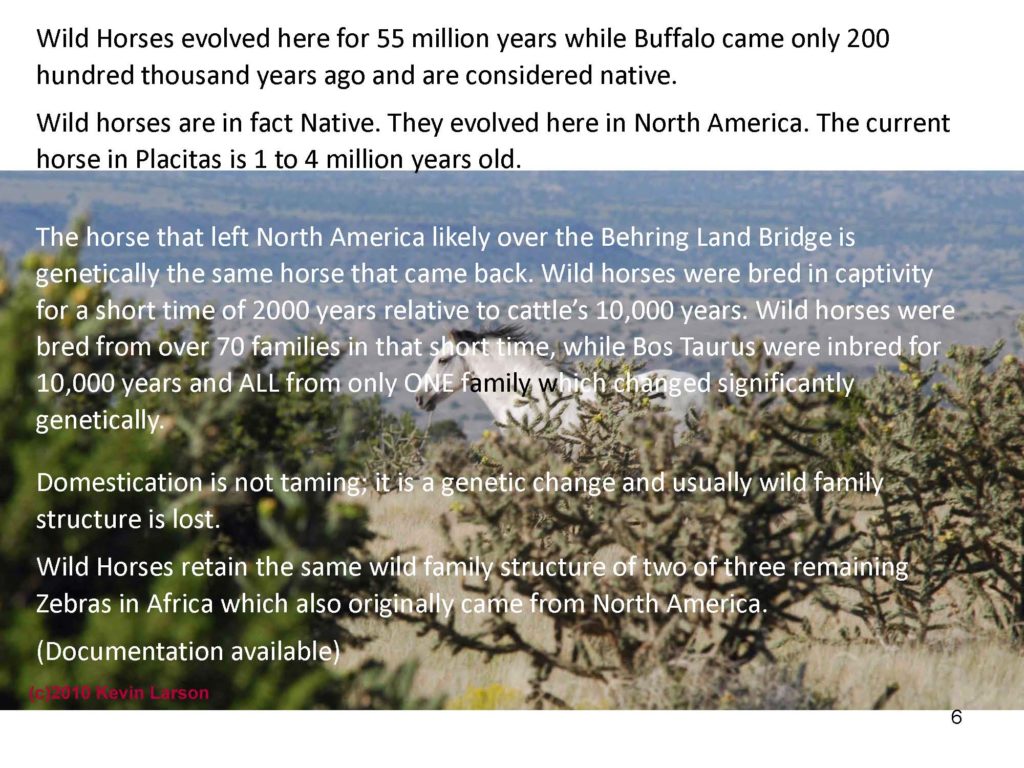
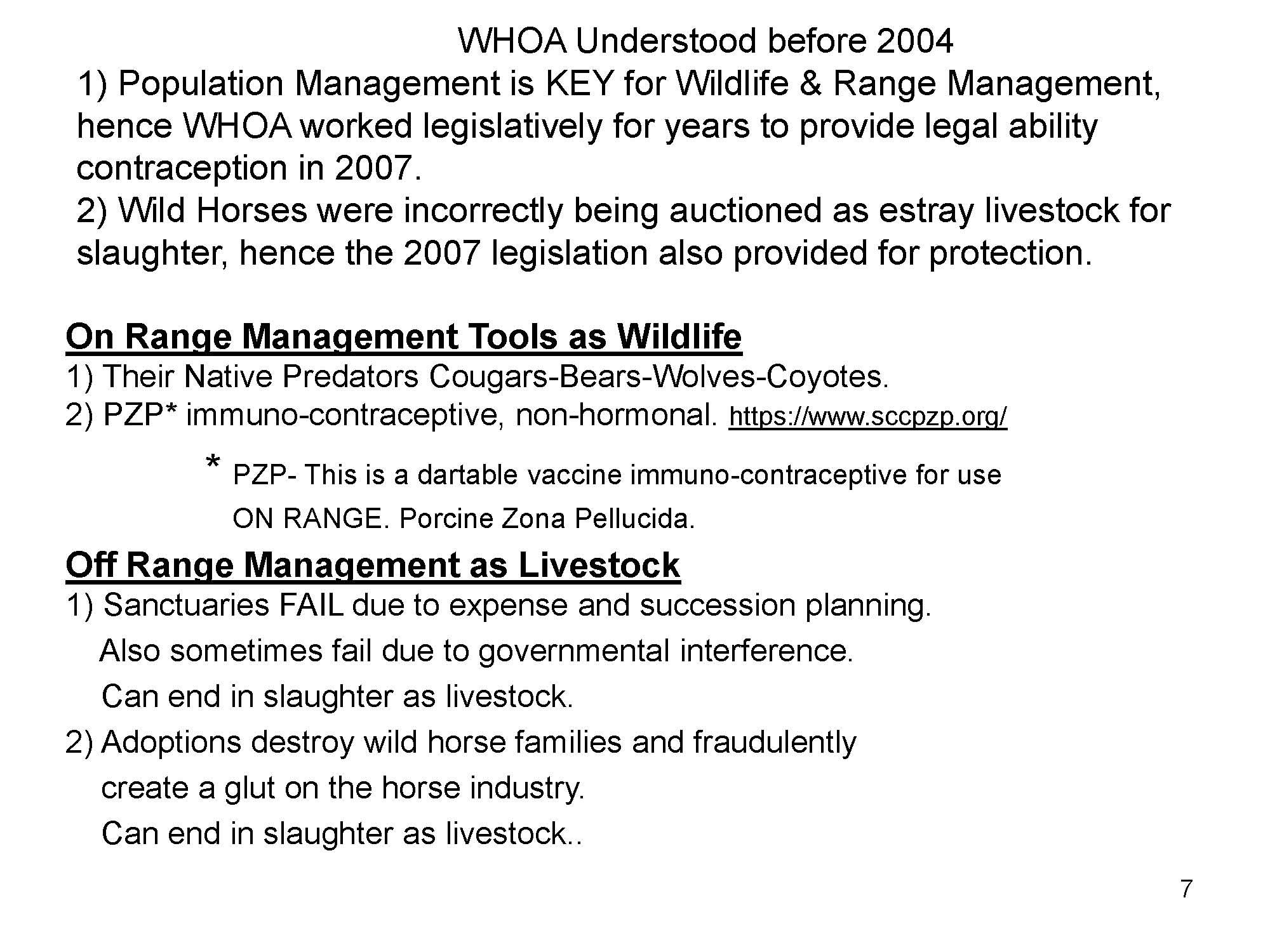
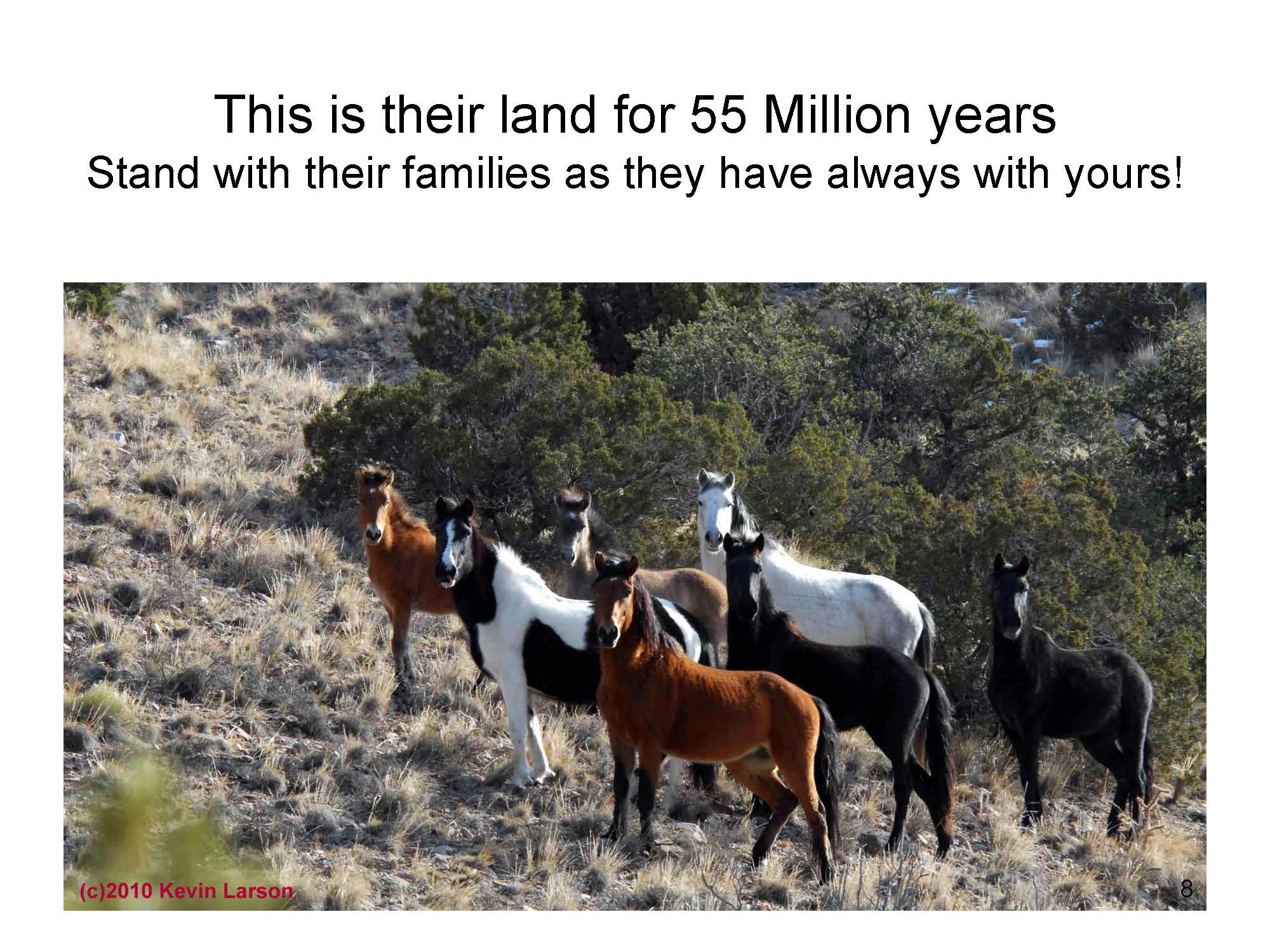
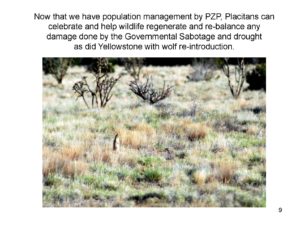
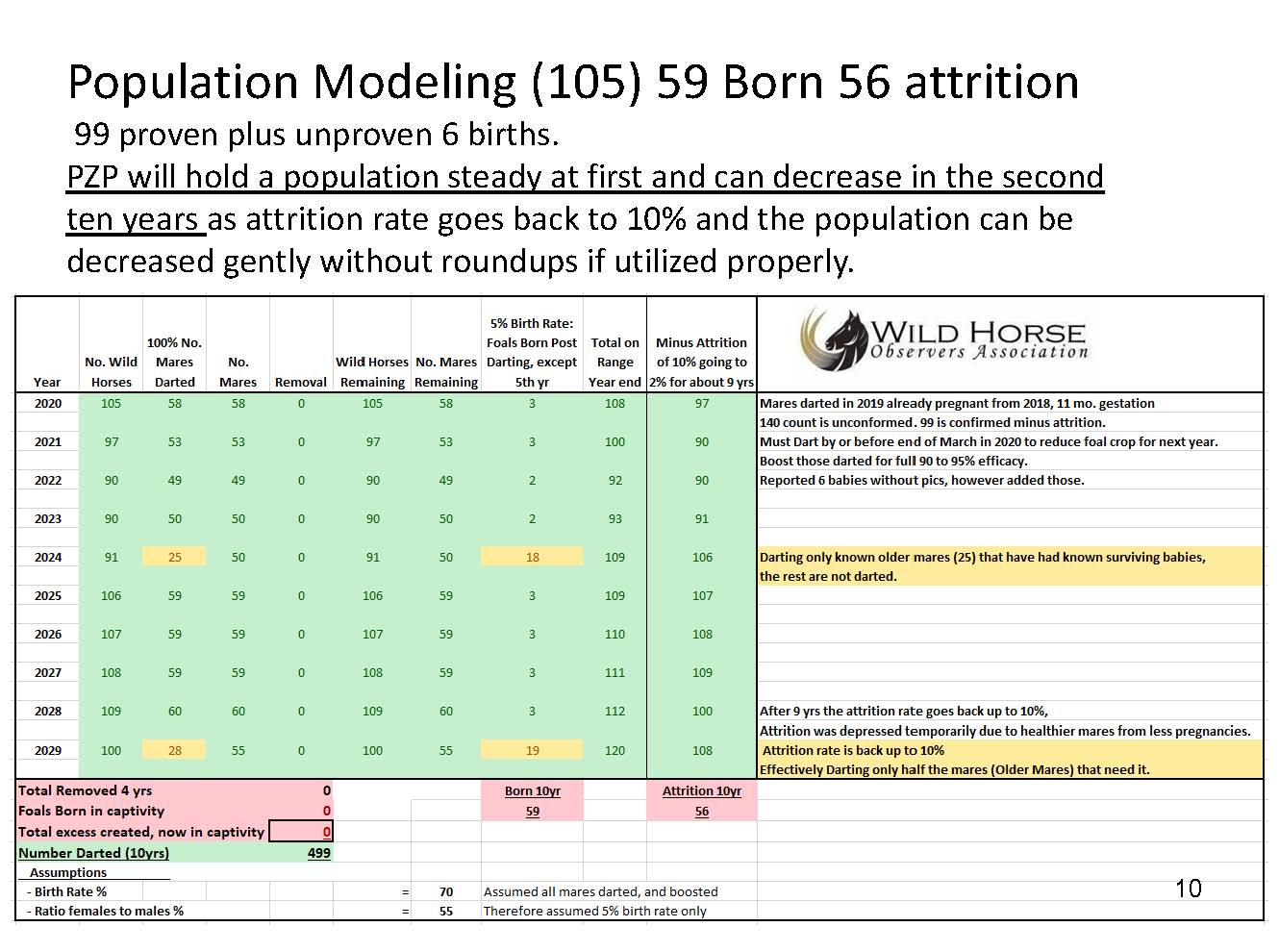
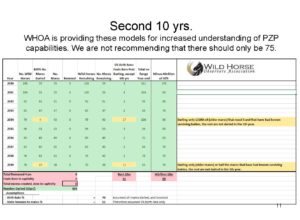
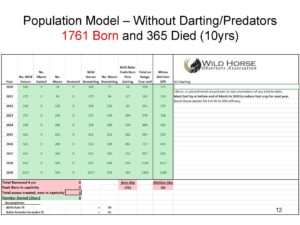
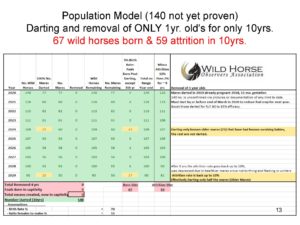
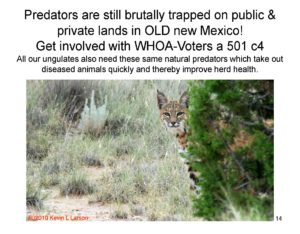
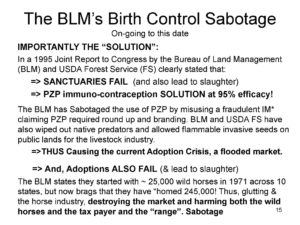
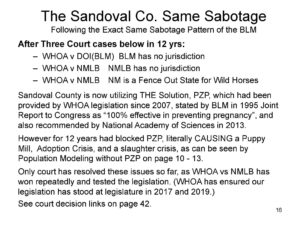
Livestock Corridors
NM Livestock Free Range Supported w/ Cattle Guards & Fencing
Tax Payer Expense
66-7-363. Animals on highway; highway fencing.
C. Owners of livestock ranging in pastures through which unfenced roads or highways pass shall not be liable for damages by reason of injury or damage to persons or property occasioned by collisions of vehicles using the roads and highways and livestock ranging in the pastures unless the owner of the livestock is guilty of negligence other than allowing livestock to range in the pasture.
D. As the department of transportation’s annual budget permits, the department of transportation shall:
(1) construct, inspect regularly and maintain fences along all highways under its jurisdiction and provide cattle underpasses, water pipelines and cattle guards as the department of transportation may deem necessary, unless it makes a fact determination that no livestock can enter the highway from a portion left unfenced; and
(2) post proper signs along all highways under its jurisdiction that are not fenced on both sides and that are located adjacent to property containing livestock. The signs shall be located at intervals of not more than two miles along such unfenced highways; provided that sign intervals and postings shall be consistent with the department of transportation’s specifications for a uniform system of traffic-control devices, subject to traffic safety engineering discretion, and shall warn motorists that loose livestock may be encountered and that caution should be used.
E. A person who violates the provisions of Subsection A or B of this section is guilty of a penalty assessment misdemeanor.
ARTICLE 9
Wildlife Corridors
17-9-1. Short title.
This act [17-9-1 to 17-9-4 NMSA 1978] may be cited as the “Wildlife Corridors Act”.
History: Laws 2019, ch. 97, § 1.
17-9-2. Definitions.
As used in the Wildlife Corridors Act:
A. “human-caused barrier” means a road, culvert, commercial or residential development or other human-made structure that has the potential to affect the natural movement of wildlife across the landscape;
B. “large mammal” includes mule deer, elk, pronghorn antelope, bighorn sheep, black bear and mountain lions;
C. “species of concern” means a wildlife species identified by the department of game and fish as being adversely affected by habitat fragmentation exacerbated by human-caused barriers and the high potential of wildlife-vehicle collisions; and
D. “wildlife corridors” means those areas used routinely by wildlife to travel through their habitat and includes corridors used by migrating wildlife.
History: Laws 2019, ch. 97, § 2. 17
